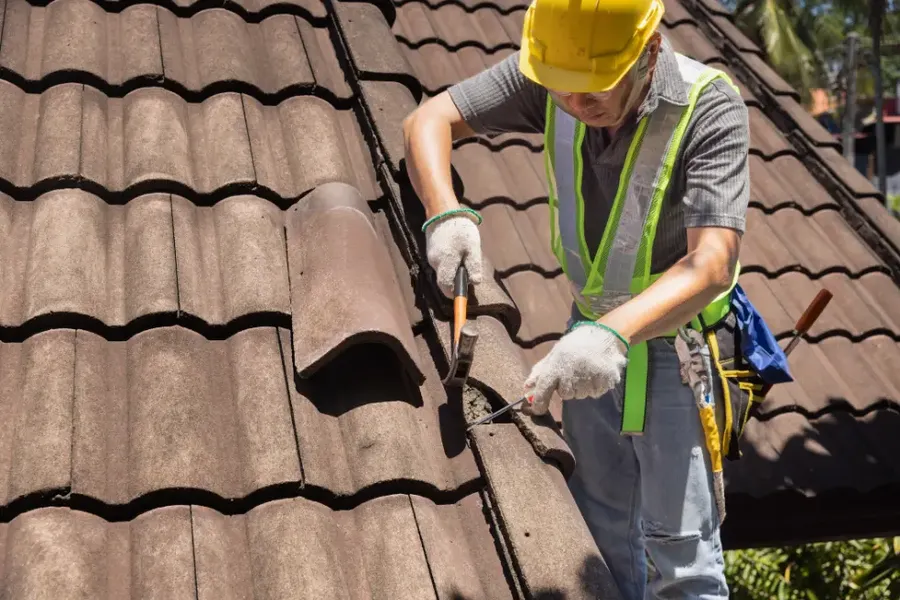A Guide Through Each Step of the Replacement Journey
Replacing a roof is a significant project for any homeowner. It involves careful planning, understanding the materials involved, and picking the right contractor. This guide takes you through each stage of the process so that you know what to expect. With proper knowledge, you can make informed decisions that ensure your new roof is both durable and visually appealing.

The Importance of Preparing Beforehand
Before beginning any roofing work, preparation is key. You’ll want to assess the current state of your roof. Look for signs of wear or damage, such as missing shingles or leaks. This initial assessment helps in determining whether a full replacement is necessary or if minor repairs will suffice. Prepare by clearing areas around your home to provide easy access for the contractors. Organizing these steps ahead of time reduces stress during the actual roof replacement.
Selecting the Right Roofing Material
Choosing the appropriate material is crucial for ensuring longevity and aesthetics. Options range from traditional asphalt shingles to metal or tile roofing. Each comes with its own set of benefits and cost considerations. For instance, while asphalt may be more budget-friendly initially, metal roofs offer superior durability and energy efficiency. Weigh your options carefully based on your budget and long-term goals for your home.
Finding a Reliable Contractor
The success of your roof replacement heavily depends on selecting a reputable contractor. Research various companies, checking their credentials and reviews from previous clients. Always ask for an estimate and inquire about warranties they might offer. A reliable contractor provides transparency about costs and timelines and ensures quality workmanship throughout the project.
Steps Involved in Replacing Your Roof
- Initial inspection and consultation with a professional
- Selecting materials suitable for your climate and budget
- Scheduling the project start date
- Removing old roofing materials
- Inspecting the underlying structure for damages
- Installing new roofing materials
- Final inspection and cleanup
Navigating Common Challenges
Throughout the roof replacement process, several challenges can arise. Weather conditions can delay progress, while unforeseen issues like structural damage may increase costs. To mitigate these, maintain open communication with your contractor and plan for potential delays in your schedule. By being proactive, you can handle unexpected problems without significant disruptions.
Best Practices for Maintaining Your New Roof
Once your new roof is installed, ongoing maintenance ensures it lasts for years. Regular inspections help identify early signs of trouble, preventing costly repairs down the line. Cleaning gutters frequently to avoid water damage is also essential. Another tip is to address minor repairs promptly before they escalate into major issues.
Budgeting and Cost Considerations
Cost is often a major concern when considering roof replacement. Expenses vary depending on materials chosen, labor fees, and potential unforeseen repairs. It’s important to obtain detailed quotes from multiple contractors to compare prices effectively. Always set aside extra funds for unexpected expenses that might occur during the project.
Ensuring Value After Installation
The investment in a new roof should enhance your home’s value and curb appeal. High-quality materials combined with expert installation ensure that your roof withstands environmental elements over time. This not only protects your home but can improve resale value if you decide to sell in the future.

Your Next Steps Toward a Better Roof
Getting a new roof isn’t just about choosing materials; it’s about making informed choices at every step. If you’re looking to start this journey, contact D & G Roofing and Painting at (678) 693-1214. Located in Norcross, GA, our team offers expertise tailored to meet all your roofing needs efficiently.